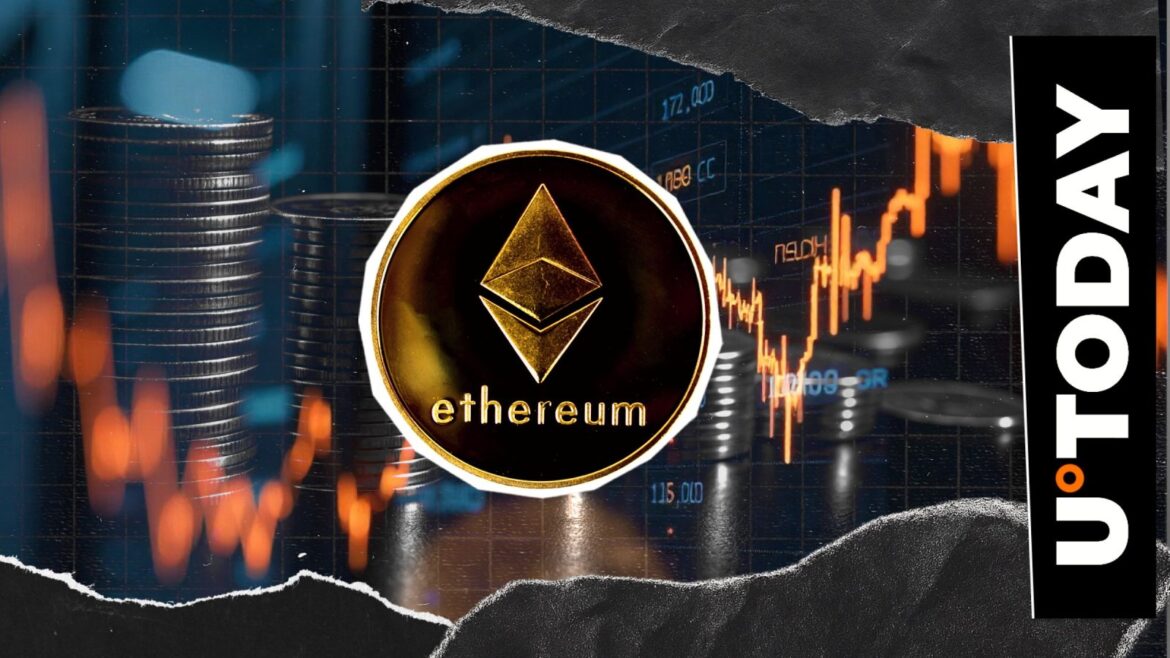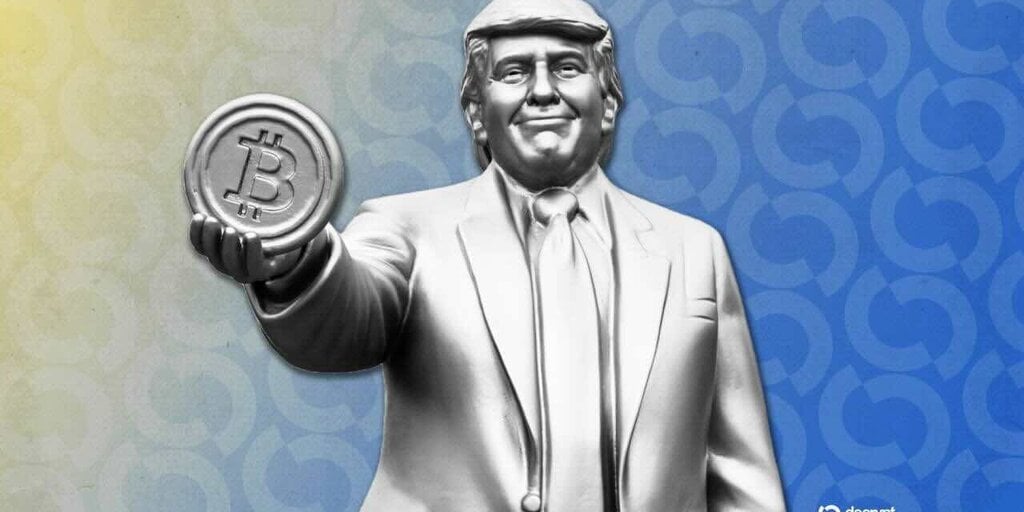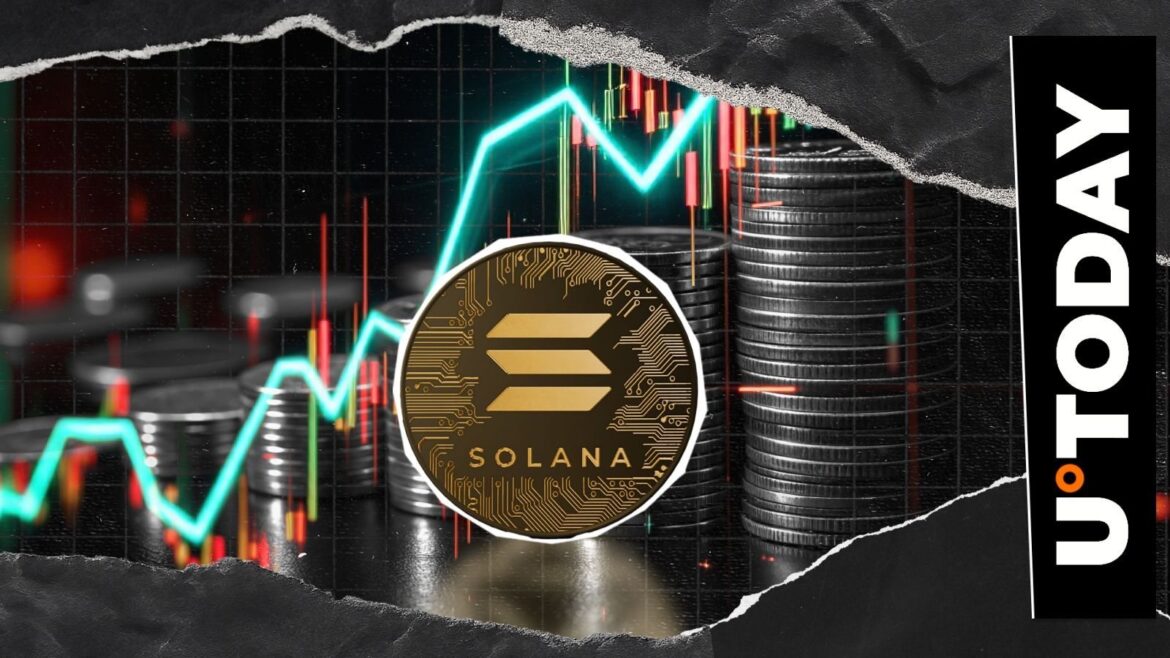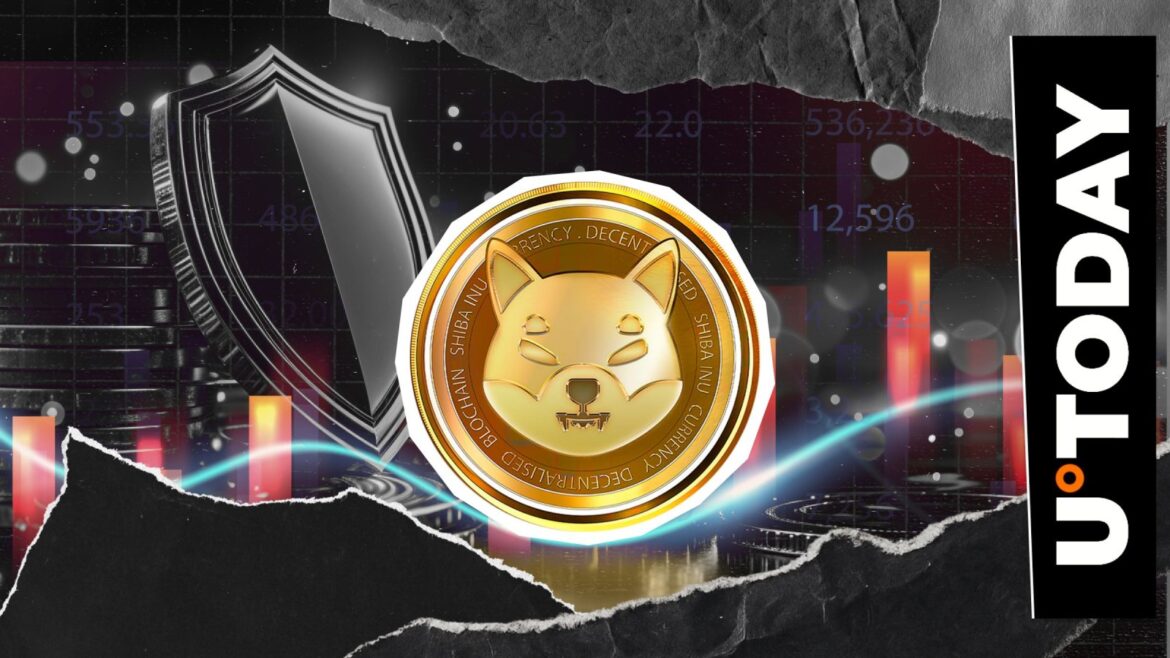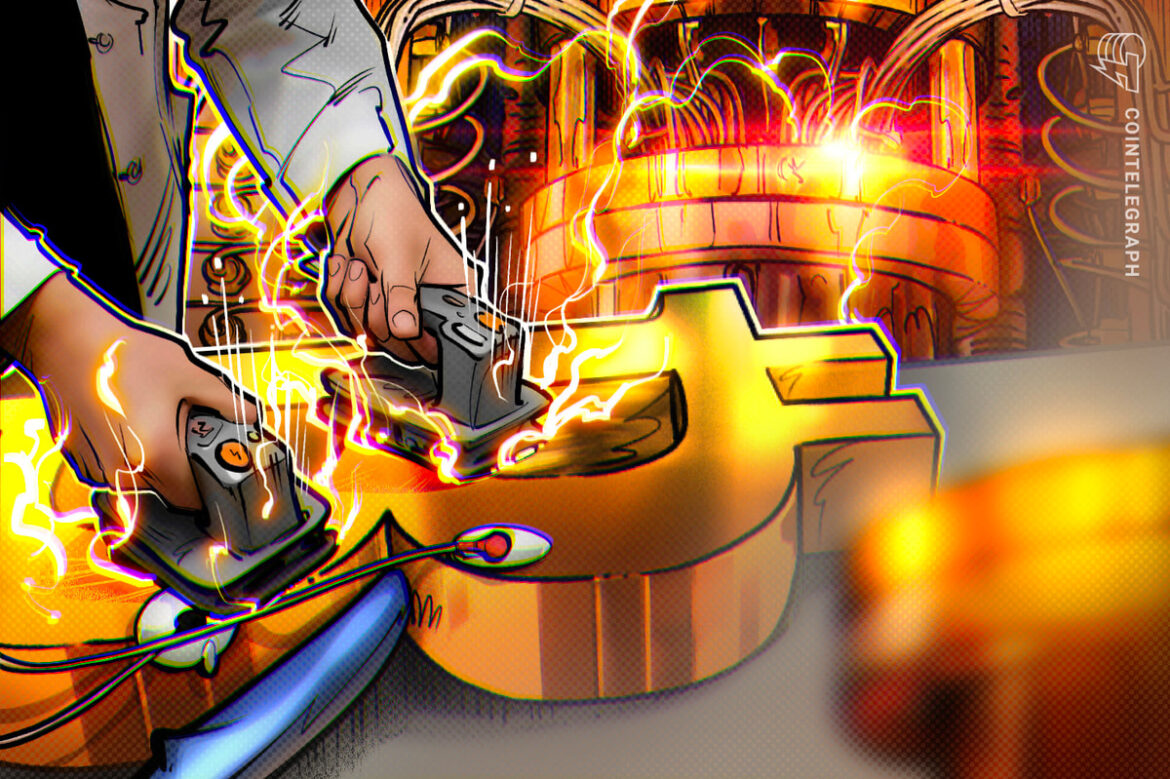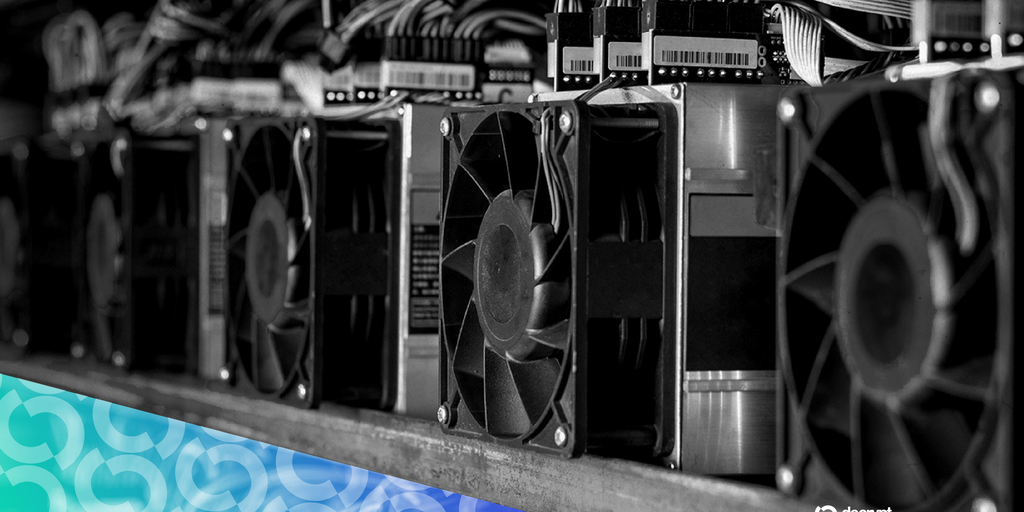- Ethereum’s (ETH) potential to pump is capped, crypto researcher says
- Ethereum (ETH) inflation rate in 2025: What to know
Ethereum (ETH), the second largest cryptocurrency, might lose its opportunity to pump as it fails to become a “store of value” instrument. The acceleration of ETH burn process might help the oldest programmable blockchain to reclaim its status.
Ethereum’s (ETH) potential to pump is capped, crypto researcher says
Ethereum (ETH) fails to be accepted as a “store of value,” which, in turn, prevents it from pumping. Without the “SoV premium,” other catalysts are not powerful enough to change the status quo, cryptocurrency researcher Ignas (@DefiIgnas) shared in an X post today, Oct. 4, 2025.
$ETH potential to pump is capped by its failure to be accepted as SoV.
To buy and hold $ETH now you need to believe in its ability to become a store of value asset.
Yes, $ETH can run to 10k with no fundamental change, but the current narrative of tokenization and RWAs is not… pic.twitter.com/JBn2oQupFE
— Ignas | DeFi (@DefiIgnas) October 4, 2025
Narratives like real-world asset (RWA) tokenization and stablecoins can even “backfire” for Ethereum’s (ETH) adoption and attractiveness as there are more blockchains tailored for privacy-focused use cases with low fees and fast transaction confirmation.
The silver lining is that alternative L1s — blockchains running on non-EVM virtual machines — lack even the potential of store of value as none of them can compete with Ethereum’s decentralization metrics and neutrality.
By contrast, native yield mechanisms and its own DeFi ecosystem are two key pillars of Ethereum’s (ETH) potential. At the same time, to realize them, Ethereum (ETH) should increase its burn rate to become deflationary again:
So if you buy and hold $ETH now, you should believe that Ethereum will find a way to tax the L2s and adoption will grow enough to burn supply.
Once this is achieved, Ethereum (ETH) might “push into BTC territory” and find its place in portfolios for both passive institutional and retail holders.
Ethereum (ETH) inflation rate in 2025: What to know
Ethereum (ETH) might outshine Bitcoin (BTC) in this race since the orange coin has known issues with its security budget and low miner fees, Ignas admits.
You Might Also Like
At the same time, hardcore Ethereum (ETH) proponents defend its status as a better store of value than Bitcoin (BTC), as U.Today previously reported.
Ethereum (ETH) became deflationary after the introduction of periodical fee burn events with the EIP 1559 activation in 2021. However, it works only when destroyed fees outnumber new Ether issued.
As of 2025, that’s not the case: Ethereum’s (ETH) supply is growing with a 0.16% per year rate. For the last time, the network was deflationary in early Q1, 2025.

